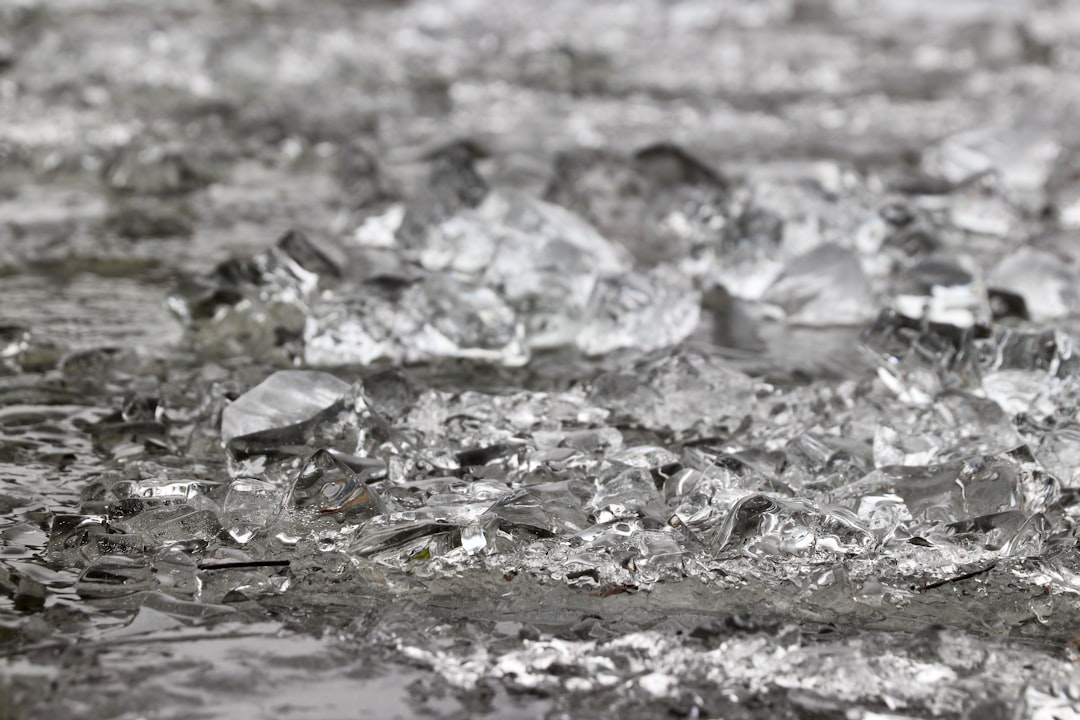The scrap metal market, a vital cog in the global recycling machinery, is a dynamic and complex ecosystem influenced by a multitude of factors. Understanding these intricacies is crucial for anyone involved – from individual scrap collectors to large-scale recycling companies and investors. This comprehensive guide delves into the key aspects of this market, providing valuable insights into its current state and future prospects.
Understanding Scrap Metal Pricing Fluctuations
Scrap metal prices are notoriously volatile, influenced by a complex interplay of supply and demand, global economic conditions, and the specific type of metal. Factors like industrial production (driving demand), raw material costs, and even geopolitical events can significantly impact prices. For instance, increased construction activity boosts demand for steel scrap, driving prices upward. Conversely, a global economic slowdown can lead to reduced industrial output and lower scrap metal prices. Different types of metals also have varying price sensitivities. Precious metals like copper and aluminum generally command higher prices than ferrous metals like iron and steel. Staying abreast of these fluctuations requires continuous monitoring of market reports and industry news.
The Key Players in the Scrap Metal Industry
The scrap metal industry is a diverse landscape encompassing various players, each with a crucial role to play. These include:
- Scrap Generators: These are the sources of scrap metal, ranging from demolition sites and manufacturing plants to individual households. Their contribution forms the foundation of the entire supply chain.
- Scrap Processors: These businesses collect, sort, and process scrap metal, preparing it for resale to downstream buyers. They often employ specialized equipment to separate and clean different metal types.
- Scrap Dealers/Exporters: These intermediaries buy scrap metal from processors and either sell it domestically or export it to international markets. Their role is vital in connecting supply and demand across geographical boundaries.
- Metal Manufacturers/Foundries: The ultimate consumers of scrap metal, these entities use processed scrap as raw material in their manufacturing processes, significantly reducing their reliance on virgin materials.
- Investors: Increasingly, investors are recognizing the potential of the scrap metal market, particularly in the context of sustainable investing and the growing demand for recycled materials.
The Environmental Impact and Sustainable Practices
The scrap metal industry plays a crucial role in environmental sustainability. Recycling scrap metal significantly reduces the need for mining virgin ores, thereby minimizing environmental damage associated with mining, such as deforestation, habitat destruction, and water pollution. Furthermore, recycling metal reduces greenhouse gas emissions compared to producing new metal from raw materials. The industry is increasingly embracing sustainable practices, including improved sorting and processing technologies, responsible waste management, and the development of closed-loop recycling systems to maximize resource efficiency. Certifications and standards like ISO 14001 are becoming increasingly important in ensuring environmental responsibility within the industry.
Technological Advancements Shaping the Future
Technological advancements are transforming the scrap metal industry, improving efficiency and sustainability. Advances in automated sorting systems, using AI and machine learning, are enabling faster and more accurate separation of different metal types. This leads to higher-quality recycled materials and reduced processing costs. The development of new alloys and metal composites also presents opportunities for innovative recycling processes. Moreover, the use of advanced analytics and data-driven insights allows for better forecasting of market trends and optimization of supply chains. These technological advancements are driving increased profitability and environmental stewardship within the industry.
Investing in the Scrap Metal Market: Opportunities and Risks
The scrap metal market presents both opportunities and risks for investors. The growing demand for recycled materials, driven by increasing environmental awareness and stricter regulations, makes it an attractive investment sector. However, the volatility of metal prices and the cyclical nature of the industry pose significant risks. Investors need to carefully analyze market trends, understand the specific dynamics of different metal types, and assess the financial health and operational efficiency of companies operating in this sector. Diversification across different metal types and geographical regions can help mitigate risks. Due diligence and professional investment advice are crucial before making any investment decisions in this market.
The scrap metal market is a dynamic and essential part of the global economy, offering significant opportunities for growth and sustainability. By understanding the key factors influencing its performance and embracing innovation, the industry can continue to play a vital role in resource conservation and environmental protection.
SEO Tags: scrap metal prices, scrap metal recycling, scrap metal market trends, metal recycling industry, scrap metal investment




